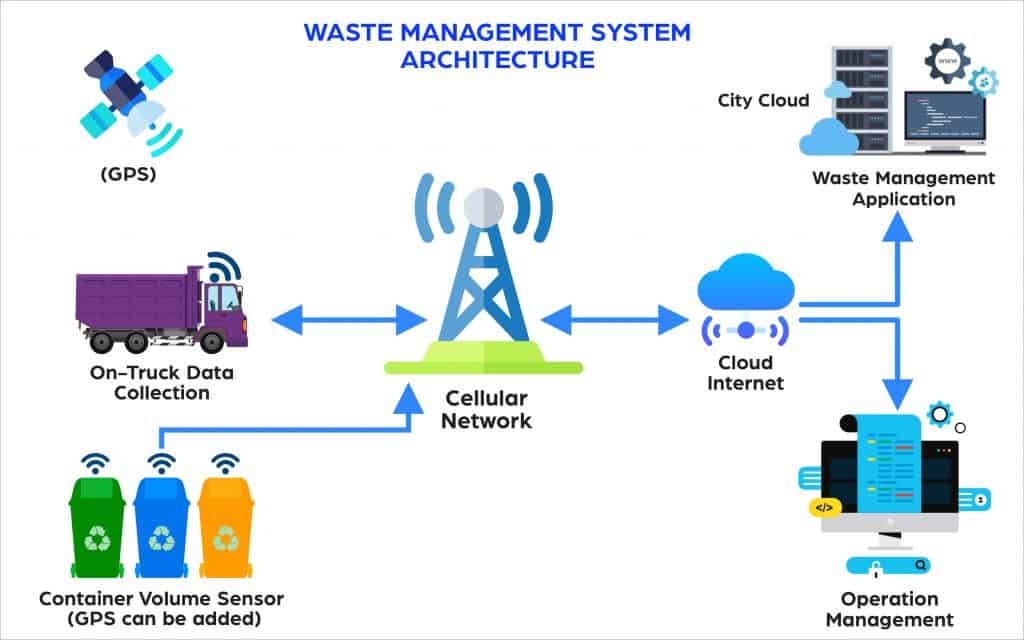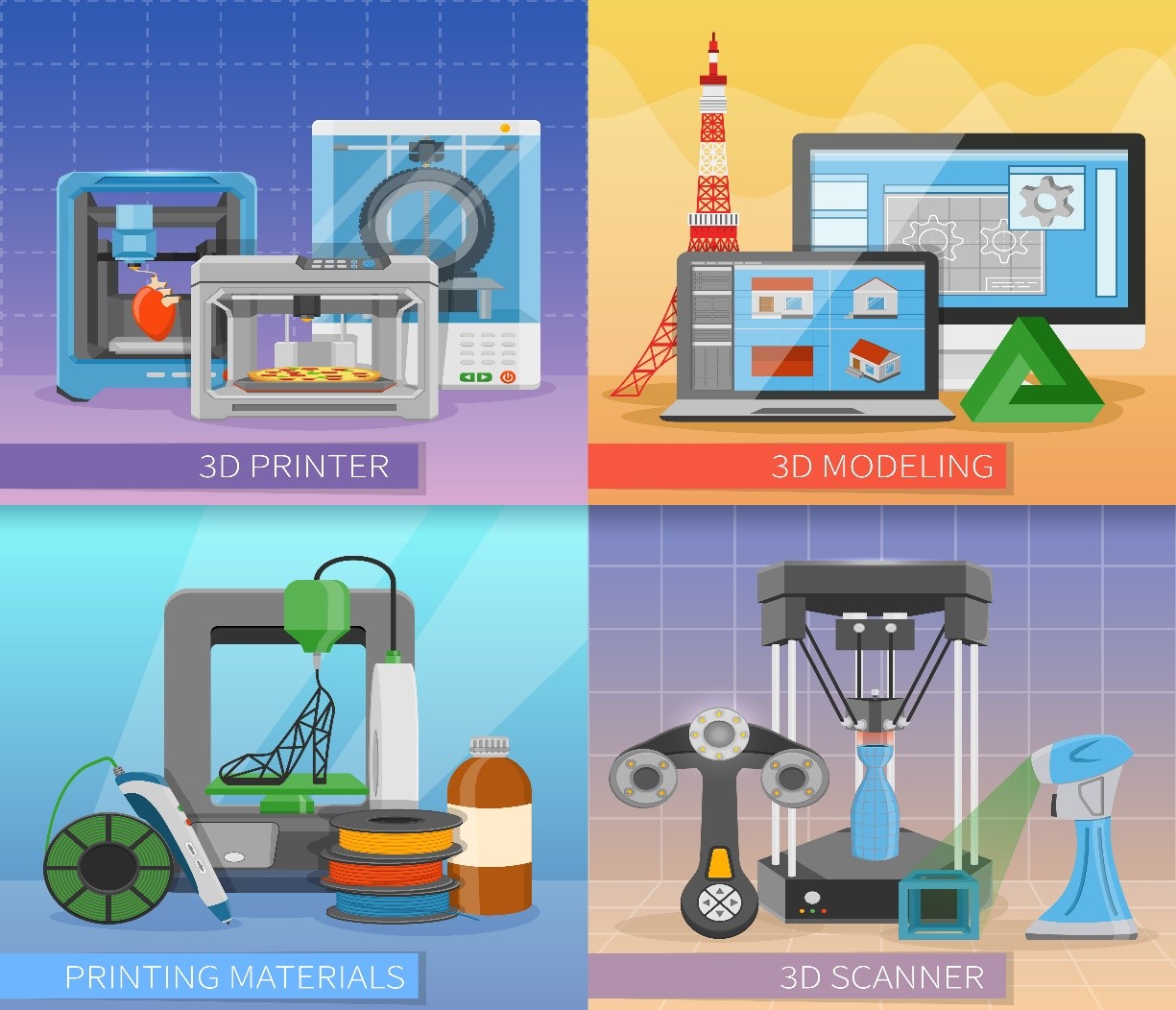Semantic Search
The trends of semantic technology are based on the desire to improve the computer’s understanding of data. The goal of combining semantic technology with a computer system is to discover relationships within the data. Semantic technology can be described as tools and methods that can process, categorize, and find patterns in the data. Semantics is a subdivision of linguistics – the study of language and its structure. Semantics focuses on words and phrases, and how they relate to one another when communicating information. The technology uses semantics to apply meaning and context to the different kinds of data that are used. [1]
Search engines are an integral part of workflows to find and receive digital information. One of the barriers to effective searches is the lack of understanding of the context and intent of the input data. NLP enables semantic search queries that analyse search intent. This improves search accuracy and provides more relevant results. Hence, semantic search models find applications in areas such as eCommerce, academic research, enterprise knowledge management, and more.[2]

Figure .1 Semantic search
Figure 1 shows Semantic search is a type of search that uses natural language processing (NLP) and machine learning techniques to understand the intent behind a query and the meaning of the content being searched, rather than simply matching keywords.
In traditional search engines, a query is matched against the indexed documents based on exact keyword matches or some variant of it. Semantic search, on the other hand, tries to understand the context and meaning of the query and the content to provide more relevant and accurate search results.
Semantic search involves various techniques, including natural language processing, named entity recognition, concept extraction, and ontology building. These techniques are used to extract the meaning of the query and the content being searched and to represent them in a structured way, such as a knowledge graph.
One of the key advantages of semantic search is its ability to handle ambiguous or misspelled queries and to provide more precise and relevant results. Semantic search can also facilitate other advanced features such as personalized search, question answering, and recommendation systems.
Semantic search is used in a wide range of applications, including e-commerce, information retrieval, healthcare, and finance. For example, a semantic search engine can be used to find relevant products based on a user's query and preferences, or to find medical information based on a patient's symptoms and medical history.
In summary, semantic search is a powerful approach to information retrieval that goes beyond simple keyword matching and focuses on understanding the intent and meaning behind the query and the content being searched.
References:
- https://www.dataversity.net/semantic-technology-trends-in-2023/
- https://www.startus-insights.com/innovators-guide/natural-language-processing-trends/ - named-entity-recognition
Cite this article:
Janani R (2023), Semantic search, AnaTechMaz, pp.235















